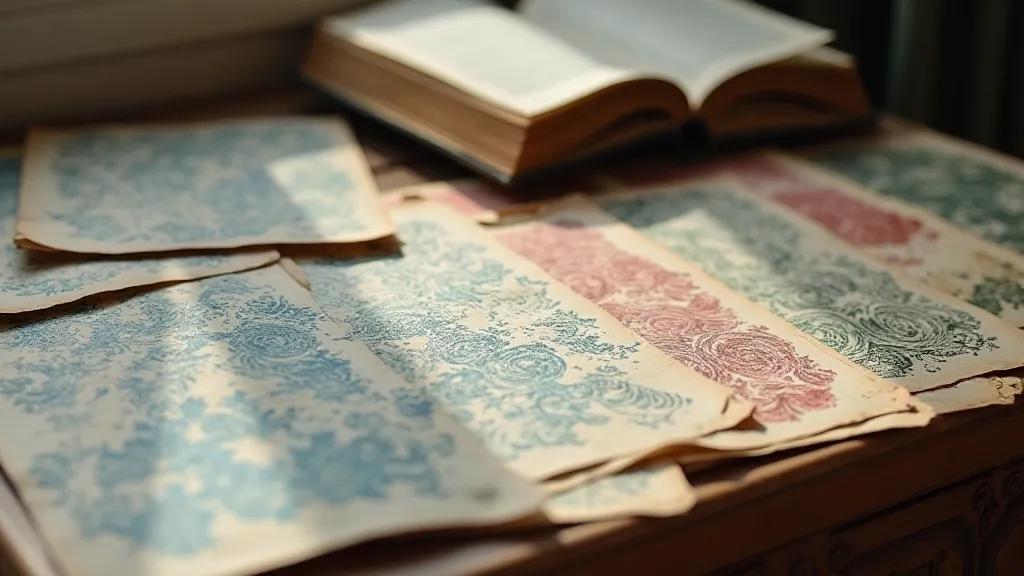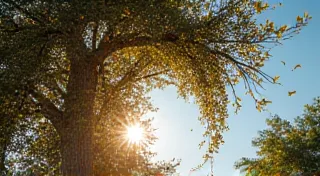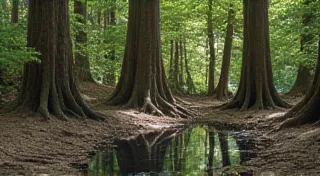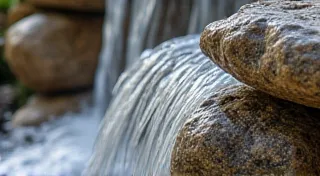Chromatic Reverberations: Finding Narrative Echoes in Paper Marbling
There's a peculiar resonance between the sound of an antique accordion and the patterns born from paper marbling. Both are expressions of controlled chaos, of unexpected beauty emerging from a process where the artist cedes a degree of control to the medium. I remember finding my grandfather’s accordion in the attic as a child; its bellows were stiff, its keys unresponsive, but the scent of aged wood and metal evoked a memory of music I’m not sure I ever heard. It felt like a whisper of stories, a testament to a life lived, its narrative etched in the wear and tear of time. Similarly, paper marbling isn’t about creating a pre-determined image; it's about embracing the dance of pigments on water, allowing them to intertwine and swirl, revealing a unique narrative with each creation.
Paper marbling, or Ébruitage as it was known in France, is an ancient art form with a fascinating and somewhat elusive history. While the precise origins are murky, evidence suggests forms of decorative paper techniques existed in Persia as early as the 14th century. It’s believed that these early techniques, likely used for bookbinding and royal decrees, spread westward along trade routes, finding particular favor in Europe during the Renaissance. The name “Ébruitage,” derived from the French word for “noise” or “muttering,” speaks to the unpredictable nature of the process, a fitting descriptor for the swirling chaos about to unfold on the surface of water.
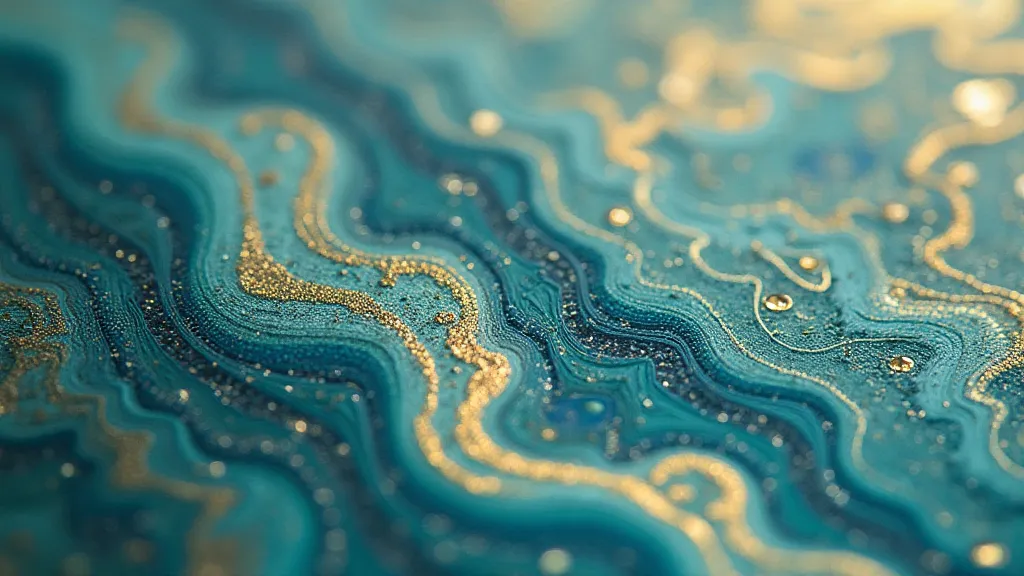
A History Shrouded in Secrecy
During the 16th and 17th centuries, paper marbling flourished in Italy and France, used extensively by royal workshops and master bookbinders. Ironically, the techniques weren’t openly shared; they were carefully guarded secrets, passed down within families or guilds. This deliberate obfuscation contributed to the art form's decline. The advent of cheaper, mass-produced paper in the 19th century further diminished the need for hand-marbled papers, and by the Victorian era, the art was largely forgotten.
It’s a poignant thought, isn’t it? That something so beautiful, so intrinsically human, could be lost to the relentless march of industrial progress. Just like my grandfather’s accordion, gathering dust in the attic, seemingly forgotten, the beauty of paper marbling lay dormant, waiting for rediscovery. Thankfully, a few dedicated individuals kept the flame alive, meticulously documenting and preserving these ancient techniques. The 20th century saw a revival of interest, spurred by the work of scholars like Friedrich W. Gundel, who painstakingly researched and cataloged examples of marbled papers from libraries and archives across Europe. His work provided a crucial link to the past, enabling modern practitioners to resurrect this forgotten art.
The Dance of Pigments and Water
The process itself is deceptively simple, yet requires a subtle understanding of chemistry, physics, and a healthy dose of patience. The foundation is a thickened water bath, often created using carrageenan, tragacanth gum, or other natural thickeners. These thickening agents create a surface tension that allows pigments to ‘float’ rather than sink. Traditionally, pigments were derived from natural sources – plants, minerals, and insects – resulting in a softer, more nuanced palette. Modern practitioners often use acrylic paints or other synthetic pigments, but the principles remain the same.
The fun, and the challenge, lies in the application of these pigments. Tools range from simple brushes and rags to more specialized instruments like combs and 'rasters'. The combs are used to create characteristic 'lilac' patterns, while rasters leave behind intricate, repeating designs. However, the true beauty of paper marbling often emerges from the unexpected – the unintentional drips, the accidental blends, the chaotic interplay of colors. It's akin to improvising on an instrument; you start with a plan, but the music takes you where it wants to go.
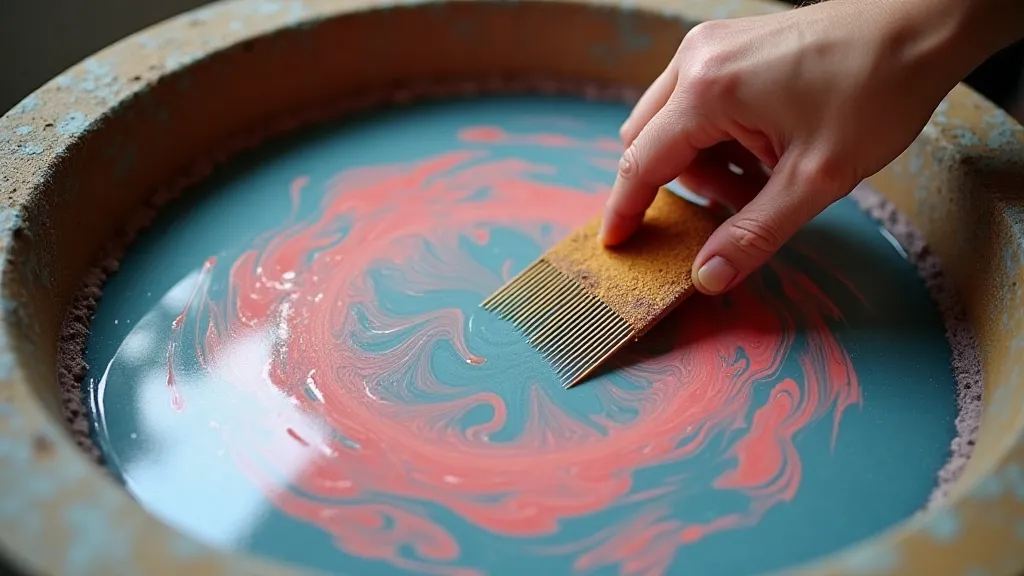
Restoration and Collecting: A Glimpse into the Past
For those captivated by the allure of history and craftsmanship, collecting antique marbled papers can be incredibly rewarding. Genuine antique marbled papers are relatively rare and can be quite valuable, particularly those associated with specific workshops or historical figures. Identifying authentic pieces requires a keen eye and a good understanding of the materials and techniques used during different periods. The quality of the paper itself, the vibrancy of the colors, and the consistency of the patterns are all important factors to consider.
Restoring damaged marbled paper is a delicate and often irreversible process. The fragility of the paper, combined with the inherent instability of the pigments, makes conservation a true art form. Generally, restoration focuses on stabilization – repairing tears, preventing further deterioration, and protecting the paper from light and environmental damage. Attempting to "re-marble" a damaged piece is rarely advisable, as it almost always diminishes the historical integrity of the original.
Finding Your Narrative Echo
Ultimately, paper marbling isn’t just about creating beautiful paper; it’s about engaging in a creative process that connects us to the past. It's about embracing the unexpected, finding beauty in imperfection, and allowing the medium to guide us. It’s about listening to the reverberations of history, finding your own narrative echo within the swirling colors. Just as my grandfather's accordion, though silent, held a whisper of his life, each sheet of marbled paper holds a unique story, waiting to be discovered.
The process invites a meditative state, a surrender to the flow. It’s a counterpoint to the relentless demands of our increasingly digital world. There's a quiet satisfaction in watching the pigments dance, knowing that each sheet is a singular expression of artistry, a testament to the enduring power of human creativity.
